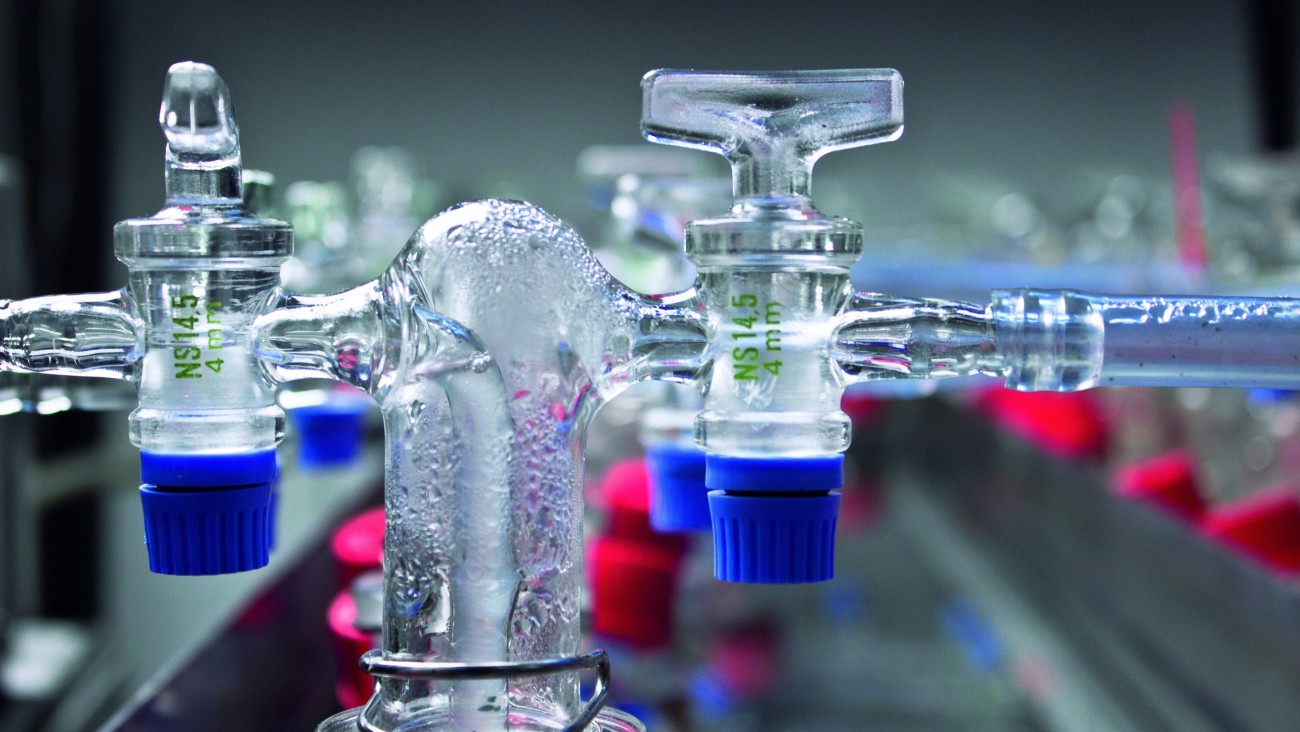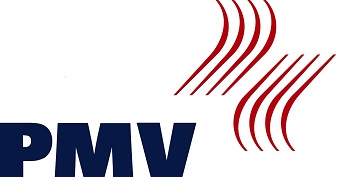Today, contaminants in paper and board still pose a major challenge to paper mills and demand new approaches from research institutes. Especially, since the recycling rate steadily increases and water circuits are constantly narrowed, any contaminants accumulate inside the process water and can be measured in high concentrations in recycled fiber-containing papers, process water, and wastewater. Moreover, precise measurement instruments and new methods allow reliable measurements of chemical substances in the smallest concentrations. Also, the toxicological evaluation of chemical substances in different paper products and environmental media provides new information and influences the scope of action for sustainable paper production. The extensive knowledge of heavy metal contents and organic substances in primary and secondary fibers, process chemicals, paper, and board products for food packaging, tissue papers, and other sensitive products as well as possible removal options is of high importance in terms of preventive consumer protection.
Compared to 2008 when substances from packaging materials like monomers, additives or even decomposition products from glue applications (phthalates), and solvents used for carbon copy papers (diisopropyl naphthalene, bisphenol A) have been in the spotlight of public’s attention, PMV’s compositional analysis is nowadays focussing on the measurement of mineral oil contaminations in paper and board. These mineral oils with chain lengths of 10 to 25 carbon atoms can substantially be ascribed to solvents used for coldset offset printing inks. They reach the production of food packaging paper via the recycling circuit and are considered as especially critical as they may be contained in high concentrations in a recycled fiber-containing paper, are of toxicological concern and may migrate at room temperature in substantial quantities in packaged food products.
These mineral oil mixtures can be divided into two groups: the Mineral Oil Saturated Hydrocarbons (MOSH) which consist of open chained, mostly branched alkanes and cycloalkanes and the Mineral Oil Aromatic Hydrocarbons (MOAH) consisting of highly alkylated aromatic compounds. The latter is suspected of being carcinogenic due to their similarity to polycyclic aromatic hydrocarbons.
As it is generally not possible to detect all compounds of the mixtures separately, it is difficult to evaluate their toxicological effect. However, there are several studies existing which prove the negative effects of mineral oils on the human organism. Mineral oil compounds could be detected in the human body fat and even in mother’s milk. Rat studies showed that an excessive consume of mineral oils causes infections in the liver, melt and other organs. Nonetheless, a national limiting value would be pointless due to the distinctive inner European recovered paper trades. An institutional regulation on a European level would be necessary. However, because of divergent opinions concerning the mineral oil problematic no regulation could be found so far.
Nevertheless, German recycled paper producers are intent on evaluating new solutions for mineral oil removal and estimating their economic viability, which is why from the beginning the PMV was involved in several research projects related to mineral oils. In the framework of, an INFOR-project various scenarios for possible approaches were simulated to estimate their effect on the mineral oil content in recycled fibers containing papers. It was shown that common processes for recovered paper treatment like flotation and washing cannot reach a satisfying mineral oil removal. Only a change to mineral oil-free inks and the use of mineral oil-free additives for paper production would lead to a drastic reduction of the mineral oil concentrations in recovered fibers containing paper and board.
However, as paper mills do not influence printing plants and their choice of ink, they would not be able to take action in the event of new regulation on mineral oils in paper including maximum contents in the paper. That is why existing processes for mineral oil removal like flotation are being optimized at the PMV. Furthermore, new processes for mineral oilremoval will be invented in the framework of an AIF-Project and compared to existing processes. Besides, a lot of efforts go into the description of the mineral oil behavior in paper and the determination of surfaces to which mineral oils are preferentially attached to. This knowledge will be used for the systematic optimization of paper recycling processes and to reduce non-essential process losses. Also in the case of other organic substances, this knowledge will be of large interest.


